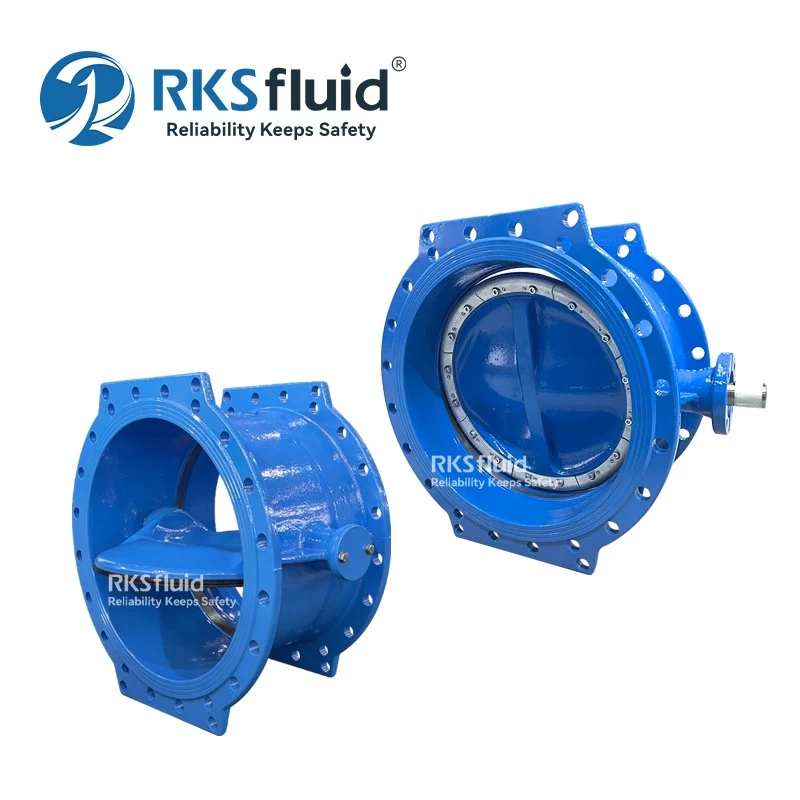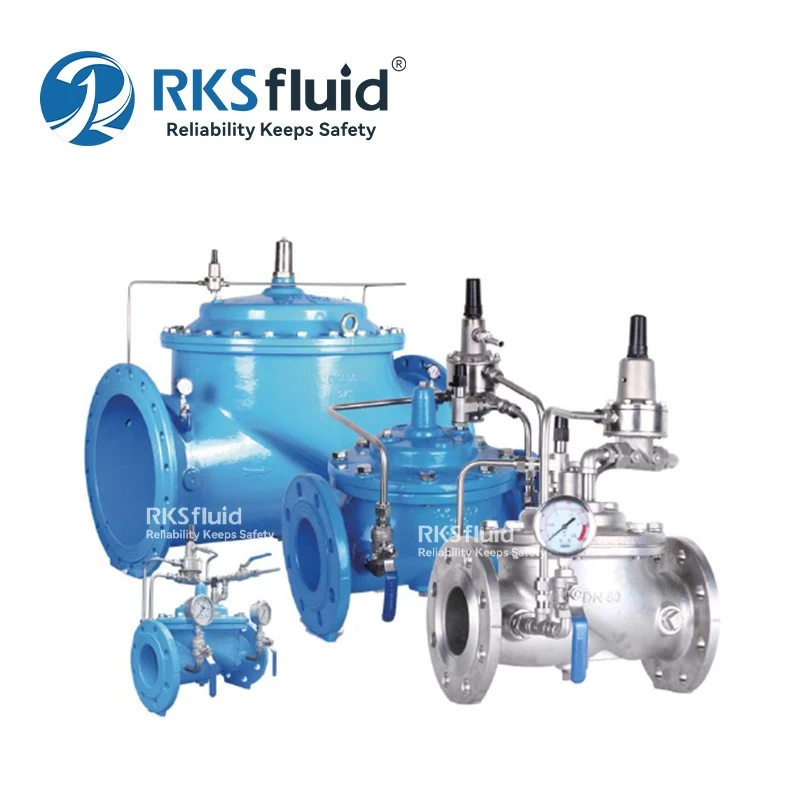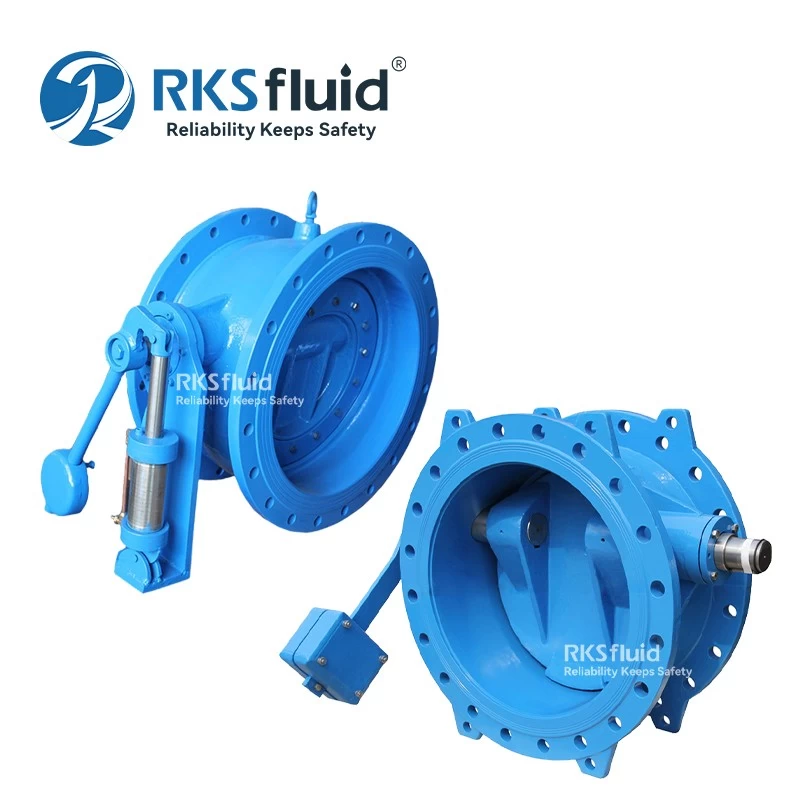- Main Product
- Contact Us
-
RKSfluid Flow Control Company
Web: www.rksfluid.com
Tel: +86 24 2318 0188
Fax: +86 24 2318 0788
Mail: info@rksfluid.com Contact Now
- Subscribe
-
Get email updates on new products
News
Cause Of Damage To Valve Sealing Surface
RKSfluid
2022-03-21 14:36:08
Because the seal in the valve channel plays a truncation and connect, adjustment and distribution, separation and mixing medium and so on, so the sealing surface is often by the medium of corrosion, erosion, wear, easy to damage.
There are two kinds of reasons for sealing surface damage: damage and natural damage. Artificial damage, is because the design is not good, the manufacture is not fine, the material is not appropriate, the installation is not right, the use is not good and the maintenance is not responsible and other factors cause. Natural damage, is the valve in the normal working conditions of wear, is the medium on the sealing surface of the inevitable corrosion and damage caused by the condition.
The reasons for seal surface damage can be summarized as the following.
1. The sealing surface processing quality is not good. The main performance is in the seal surface has the flaw, the porosity and the inclusion slag and so on the flaw, is because the surfacing welding and the heat treatment standard selection improper as well as the surfacing welding and the heat treatment process bad operation causes; The hardness of sealing surface is too high or too low, which is caused by improper material selection or heat treatment. The uneven hardness and corrosion resistance of the sealing surface are mainly caused by blowing the bottom metal onto the surface in the process of surfacing and diluting the alloy composition of the sealing surface. There are design problems, of course.
2. Damage caused by improper modeling and improper operation. The main performance is not according to the operating conditions of the valve selection, the cut-off valve as the throttle valve, resulting in the closure of the specific pressure is too large and the closure is too fast or not strict, so that the sealing surface by erosion and wear.
3. Improper installation and poor maintenance lead to abnormal sealing surface work. The valve runs with diseases and damages the sealing surface prematurely.
4. Chemical corrosion of medium. When the media around the sealing surface does not generate current, the media will directly react with the sealing surface and corrode the sealing surface.
5. Electrochemical corrosion. The sealing surface contacts with each other, the contact between the sealing surface and the closing body and the valve body as well as the difference in medium concentration and oxygen concentration will cause potential difference, resulting in electrochemical corrosion, causing the sealing surface of the anode to be corroded.
6. Erosion of medium. It is the result of wear, erosion and cavitation of the sealing surface when the medium is flowing. At a certain speed, fine particles in the medium collide with the sealing surface, causing local damage. High speed hydraulic medium directly scour the sealing surface, causing local damage; When the medium is mixed with injection and local vaporization, the bubble blasting impacts the sealing surface and causes local damage. The alternating action of chemical corrosion in the medium will strongly erode the sealing surface.
7. Mechanical damage. The sealing surface may be damaged by abrasions, bruises and squeezes in the process of opening and closing. Between the two sealing surfaces, under the action of high temperature and high pressure, atoms permeate each other, resulting in adhesion, when the two sealing surfaces move each other. Adhesion is easy to tear. The higher the surface roughness of the sealing surface, the easier this phenomenon occurs. The valve in the process of closing, the disc in the process of return to the seat will bruise and squeeze the sealing surface, so that the sealing surface local wear or indentation.
8. Fatigue damage. In the long-term use of the sealing surface, the fatigue, crack and stripping of the sealing surface are caused by the alternating load. Rubber and plastic after long-term use, easy to produce aging phenomenon, resulting in poor performance.
It can be seen from the analysis of damage reasons of sealing surface above that to improve the quality and service life of valve sealing surface, it is necessary to choose appropriate sealing surface materials, reasonable sealing structure and processing methods.
There are two kinds of reasons for sealing surface damage: damage and natural damage. Artificial damage, is because the design is not good, the manufacture is not fine, the material is not appropriate, the installation is not right, the use is not good and the maintenance is not responsible and other factors cause. Natural damage, is the valve in the normal working conditions of wear, is the medium on the sealing surface of the inevitable corrosion and damage caused by the condition.
The reasons for seal surface damage can be summarized as the following.
1. The sealing surface processing quality is not good. The main performance is in the seal surface has the flaw, the porosity and the inclusion slag and so on the flaw, is because the surfacing welding and the heat treatment standard selection improper as well as the surfacing welding and the heat treatment process bad operation causes; The hardness of sealing surface is too high or too low, which is caused by improper material selection or heat treatment. The uneven hardness and corrosion resistance of the sealing surface are mainly caused by blowing the bottom metal onto the surface in the process of surfacing and diluting the alloy composition of the sealing surface. There are design problems, of course.
2. Damage caused by improper modeling and improper operation. The main performance is not according to the operating conditions of the valve selection, the cut-off valve as the throttle valve, resulting in the closure of the specific pressure is too large and the closure is too fast or not strict, so that the sealing surface by erosion and wear.
3. Improper installation and poor maintenance lead to abnormal sealing surface work. The valve runs with diseases and damages the sealing surface prematurely.
4. Chemical corrosion of medium. When the media around the sealing surface does not generate current, the media will directly react with the sealing surface and corrode the sealing surface.
5. Electrochemical corrosion. The sealing surface contacts with each other, the contact between the sealing surface and the closing body and the valve body as well as the difference in medium concentration and oxygen concentration will cause potential difference, resulting in electrochemical corrosion, causing the sealing surface of the anode to be corroded.
6. Erosion of medium. It is the result of wear, erosion and cavitation of the sealing surface when the medium is flowing. At a certain speed, fine particles in the medium collide with the sealing surface, causing local damage. High speed hydraulic medium directly scour the sealing surface, causing local damage; When the medium is mixed with injection and local vaporization, the bubble blasting impacts the sealing surface and causes local damage. The alternating action of chemical corrosion in the medium will strongly erode the sealing surface.
7. Mechanical damage. The sealing surface may be damaged by abrasions, bruises and squeezes in the process of opening and closing. Between the two sealing surfaces, under the action of high temperature and high pressure, atoms permeate each other, resulting in adhesion, when the two sealing surfaces move each other. Adhesion is easy to tear. The higher the surface roughness of the sealing surface, the easier this phenomenon occurs. The valve in the process of closing, the disc in the process of return to the seat will bruise and squeeze the sealing surface, so that the sealing surface local wear or indentation.
8. Fatigue damage. In the long-term use of the sealing surface, the fatigue, crack and stripping of the sealing surface are caused by the alternating load. Rubber and plastic after long-term use, easy to produce aging phenomenon, resulting in poor performance.
It can be seen from the analysis of damage reasons of sealing surface above that to improve the quality and service life of valve sealing surface, it is necessary to choose appropriate sealing surface materials, reasonable sealing structure and processing methods.











